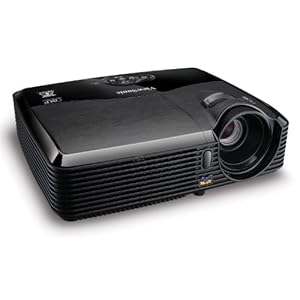Best Home Theater - How To Choose The Best Home Theater System For Yourself
At first it seems like much fun having the cash to indulge and immerse yourself in high-definition video and surround sound, and then you realise there's more decision to be made than just placing a sleek TV panel and a bunch of speakers in the living room. Investing in a home theater system practically takes some planning in order to get the aesthetics right and make yourself comfortable with all the equipment around.

Best Home Theater - How To Choose The Best Home Theater System For Yourself
1. Most readers won't expect this, but first of all, you do need to get your immediate family's agreement to have a home theater right in their midst. Decide whether it's OK to install the system in the living room, or have a separate room dedicated for a most complete TV watching experience while disturbances to other members are minimized.
Home Theater
Best Home Theater - How To Choose The Best Home Theater System For Yourself
2. There are 2 main types of flat, high-definition TV: plasma and LCD. Plasma is made for larger size and is closer to 5 figures in pricing than LCD, which can cost as cheaply as less than a thousand. Plasma is the main choice for a TV in a home theater context since LCD TVs have a size limitation.
Best Home Theater - How To Choose The Best Home Theater System For Yourself
Best Home Theater - How To Choose The Best Home Theater System For Yourself
3. How could you do without a video source? That's the DVD player. Unless you are a discerning aficionado, you'll be spoilt for choice as more advanced technology and decreasing cost continue to impact the market. Almost all come with Dolby® Digital Surround sound (EX 6.1). Watch out for the blu-ray DVD and their players in the coming years.
4. As major TV and radio broadcasts are expected to 'port' into the digital format in the future, the broadcasted material will be encoded with surround sound instructions. A receiver takes advantage by accessing and decoding these instructions to give you superb sounds. Surround sound currently comes in the multi-channel formats of Dolby® Digital EX 6.1 or THX Surround EX(TM) 6.1, DTS, AC-3, etc.
Receivers can connect to most types of players and handle their respective media, including VCR or HiFi and the latest ones are designed to be forward-compatible with future standards and formats. Also, some DVD players have built-in receiver capabilities, and this is great for those looking to do more with less.
5. Speakers usually come in sets of 5: 3 in the front (left, right, center) and 2 at the back (left, right). Check with your dealer that the right speaker is placed for the right position because spoken dialogue and sound effects are handled differently. Note that "surround sound" means separate speakers can play different sounds at the same time. The subwoofer is a different animal as it's in charge of processing low frequency sounds which gives you "deep boom-boom bass". It adds an unexpected dimension to a movie which you would not have 'heard' otherwise.
6. Get the right cables; that means good quality ones. Having the latest equipment is pointless if lousy cables are used for connection as they naturally degrade whatever electrical signals that come through them.
7. Check how you can make your home theater lightning-proof or safe against power surges. You can safeguard your equipment once you take certain precautions. Ask for professional advice.
These are just general guidelines for you to refer, but you can take it from here to build your further interest in home theater equipment or home electronics. If possible, ask for a test at your dealership to get yourself familiarized with the quality you desire. Ask your dealer to help define a proper checklist of things you are looking for to gain clarity. The more ticks you can make on paper, the clearer your mind gets.
Best Home Theater - How To Choose The Best Home Theater System For Yourself

Home Theater

